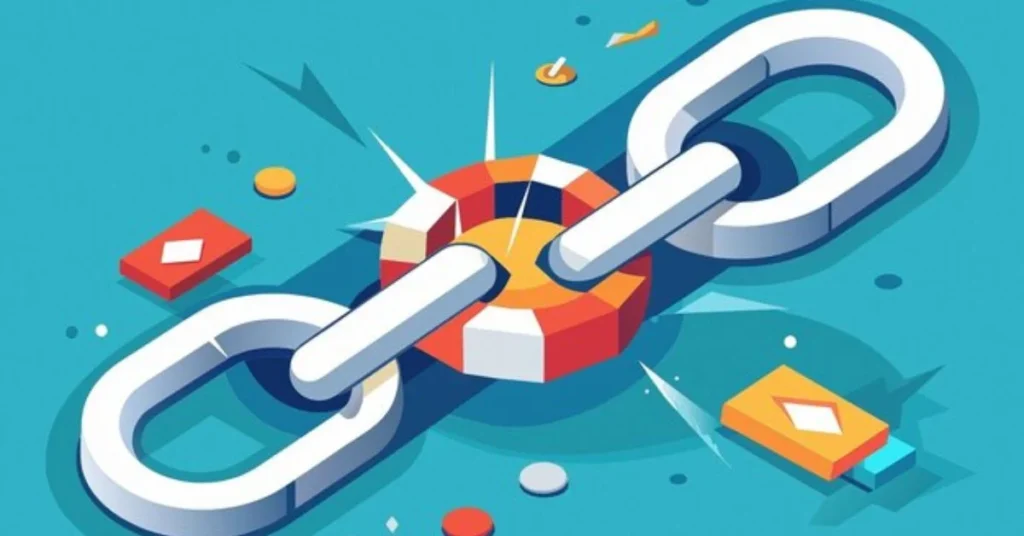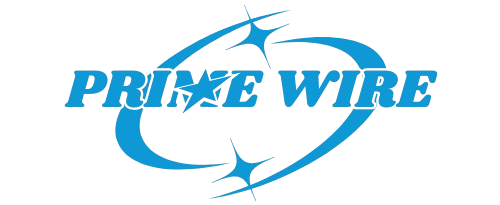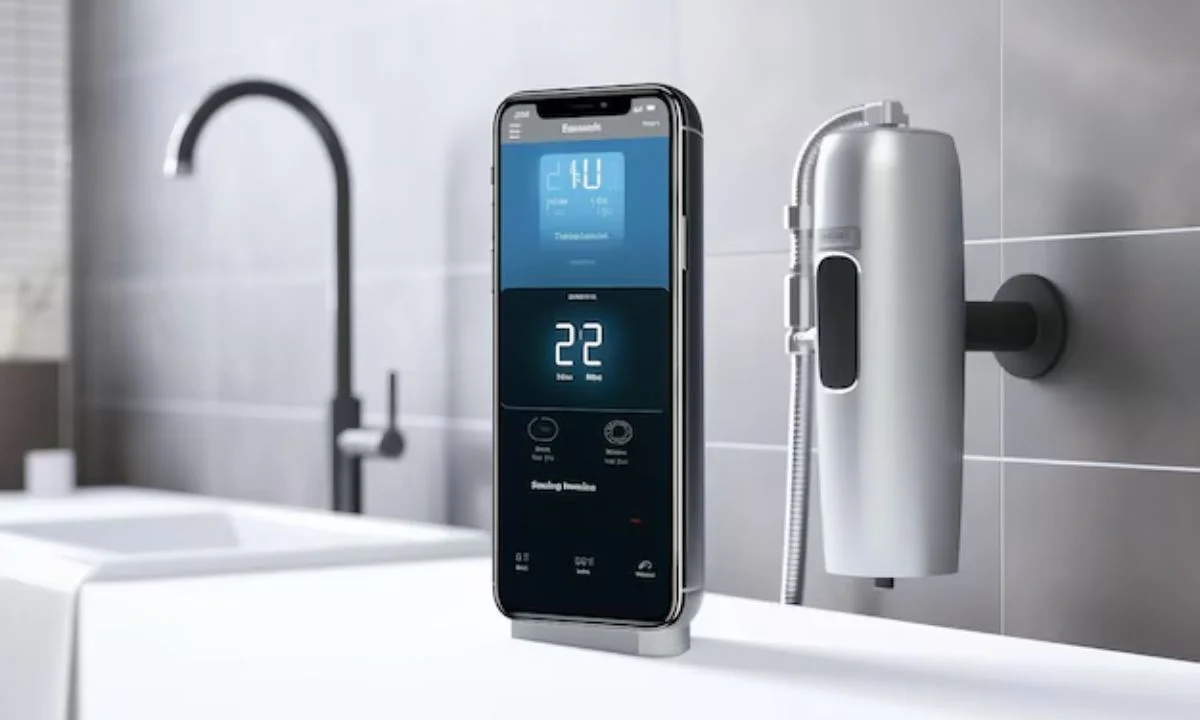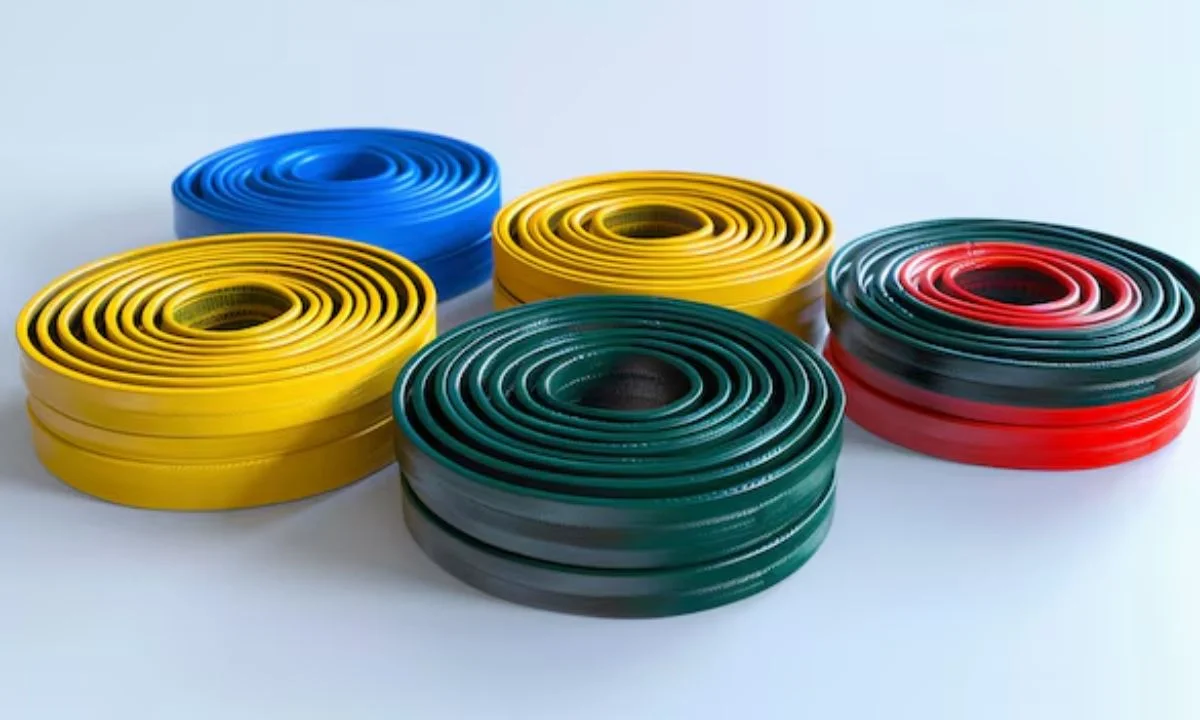Do you know how to Check and Verify Internal Links in WordPress? Internal links are a vital aspect of creating a well-structured and user-friendly website, especially when using WordPress. These links not only guide users through different pages but also ensure that search engines can crawl your site effectively. However, maintaining an optimized internal linking structure requires consistent checking and verification. This guide will provide you with a step-by-step approach to check and verify internal links in WordPress, ensuring your site performs at its best in terms of SEO and user experience.
What Are Internal Links in WordPress?
Definition and Role of Internal Links
Internal links are hyperlinks within your website that connect one page to another within the same domain. For example, a link from your homepage to a blog post is an internal link. These links serve two main purposes: improving navigation for users and helping search engines understand the hierarchy and context of your content.
Examples of Internal Links
Some common examples of internal links include:
- Navigation menus directing users to various sections of your site.
- Links within blog posts pointing to related content or detailed guides.
- Hyperlinked images or buttons leading to specific landing pages.
For instance, you might link to cornerstone content, such as babesproduct.com, to guide users to in-depth product reviews or related topics.
Benefits of Internal Links in WordPress
- Improved SEO: Search engines can crawl and index your pages more effectively, improving visibility.
- Enhanced User Experience: Users can find relevant content easily, staying longer on your site.
- Increased Engagement: Internal links encourage users to explore more pages, reducing bounce rates.
Why Is It Important to Check and Verify Internal Links?
Enhancing SEO
Broken or incorrect internal links negatively impact your SEO. Search engine crawlers might encounter errors, leading to lower rankings. Verifying links ensures your site’s structure is clear and accessible.
Improving User Experience
When users click on a link, they expect it to work. Broken links can frustrate them and decrease their trust in your site. Regular checks keep navigation smooth and intuitive.
Maintaining Site Credibility
A site riddled with broken or irrelevant links appears unprofessional. Checking and fixing these links ensures your audience views your site as reliable and trustworthy.
Avoiding Lost Traffic
Links that lead to deleted or moved content can cause users to abandon your site. Ensuring all links work properly keeps your audience engaged.

Tools for Checking Internal Links in WordPress
WordPress Plugins
Plugins make the process of checking internal links easier. Here are three popular options:
- Yoast SEO: Offers suggestions for internal links and checks for broken ones.
- Broken Link Checker: Scans your entire site for broken links and provides an actionable report.
- Link Whisper: Automatically suggests internal link opportunities while writing content.
Online Tools
If you prefer external tools, these are great choices:
- Ahrefs: This powerful SEO tool highlights internal link structures and issues.
- SEMrush: Provides detailed reports on broken links and optimization opportunities.
- Screaming Frog: A desktop-based site crawler that identifies link errors efficiently.
Manual Methods
Manual checks are another way to review internal links, especially for smaller sites:
- Open your WordPress editor and manually review links in posts and pages.
- Test links in navigation menus, sidebars, and footers.
- Click through each link to ensure it directs users correctly.
Step-by-Step Guide to Check Internal Links in WordPress
Using a Plugin
- Install and Activate a Plugin: Choose a plugin like Broken Link Checker from the WordPress repository.
- Run a Scan: Allow the plugin to analyze your site and identify issues with internal links.
- Review the Report: The plugin will generate a list of broken or outdated links.
- Fix the Issues: Update or replace broken links directly from the plugin interface.
Manual Inspection
- Open Each Page: Navigate through your site and click on each link to ensure it works.
- Check Menus and Widgets: Review links in navigation menus and widgets to ensure accuracy.
- Fix Links in the Editor: Use the WordPress editor to update incorrect or outdated links.
Using Online Tools
- Generate a Report: Use tools like Ahrefs or SEMrush to analyze internal links.
- Filter Results: Focus specifically on internal links to identify any issues.
- Address Problems: Fix issues such as redirects or broken links based on the tool’s report.
How to Verify the Effectiveness of Internal Links
Testing Link Functionality
Test your links on various devices and browsers to ensure they work for all users. This is especially important for mobile users, who may encounter different issues than desktop users.

Reviewing Click-Through Rates (CTR)
Use Google Analytics or similar tools to monitor the performance of internal links. High CTR indicates that your links are engaging and relevant.
Ensuring Contextual Relevance
Place internal links in a way that makes sense within the content. Irrelevant or forced links can confuse users and reduce trust.
How to Fix Broken or Ineffective Internal Links
Identifying the Problem
Common issues include:
- Links to deleted or unpublished pages.
- Outdated URLs.
- Incorrect anchor text that doesn’t describe the linked content.
Updating Links
Locate broken links using a plugin or manual method, then:
- Replace the link with an updated URL.
- Redirect the link to a relevant page using a plugin like Redirection.
Testing Fixed Links
After updating, test the links to confirm they work properly.
Best Practices for Managing Internal Links in WordPress
Logical Link Placement
Organize links so they follow a natural flow, guiding users to related and essential content.
Focus on Cornerstone Content
Prioritize linking to cornerstone articles or pages that provide comprehensive information.
Monitor Link Performance
Use tools like Google Search Console to track the effectiveness of your internal links.
Common Mistakes to Avoid When Managing Internal Links
- Overloading Content with Links: Too many links can overwhelm users and dilute the impact of each link.
- Irrelevant Links: Ensure every link adds value to the content.
- Ignoring Updates: Always update links after moving or deleting pages.
Conclusion: How to Check and Verify Internal Links in WordPress
Knowing how to check and verify internal links in WordPress is essential for maintaining a professional and high-performing website. By regularly checking links, using the right tools, and following best practices, you can enhance SEO, improve user experience, and maintain site credibility. Make link verification a routine task to ensure your site continues to provide value to both users and search engines.
Take control of your internal linking strategy today!
Internal and external links play a crucial role in website navigation and SEO. While internal links connect different pages within the same website, external links point users to resources on other websites. For example, you can learn more about the differences and benefits of these link types from this helpful guide. Using a balanced mix of internal and external links ensures a well-rounded and informative experience for users and search engines alike.

FAQs About How to Check and Verify Internal Links in WordPress
What is the difference between internal and external links?
Internal links connect pages within the same domain, while external links lead to other websites.
How do broken internal links affect SEO?
Broken links confuse search engines and frustrate users, which can harm your site’s ranking and reputation.
What are the best tools for checking internal links?
Popular tools include Yoast SEO, Ahrefs, and Screaming Frog.
How often should I review internal links?
Check links at least monthly or after publishing significant new content.
Can I automate internal link checks?
Yes, plugins like Broken Link Checker automate the process for you.














